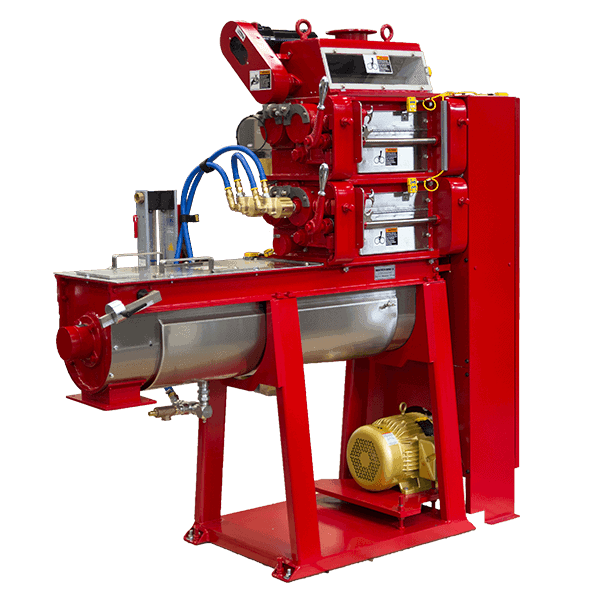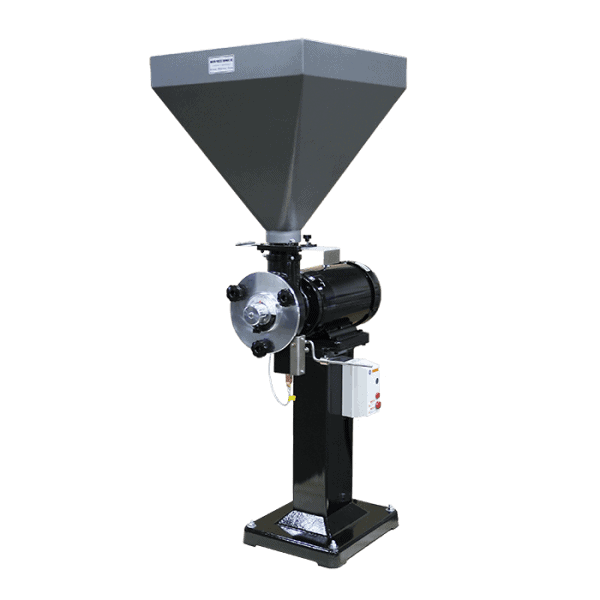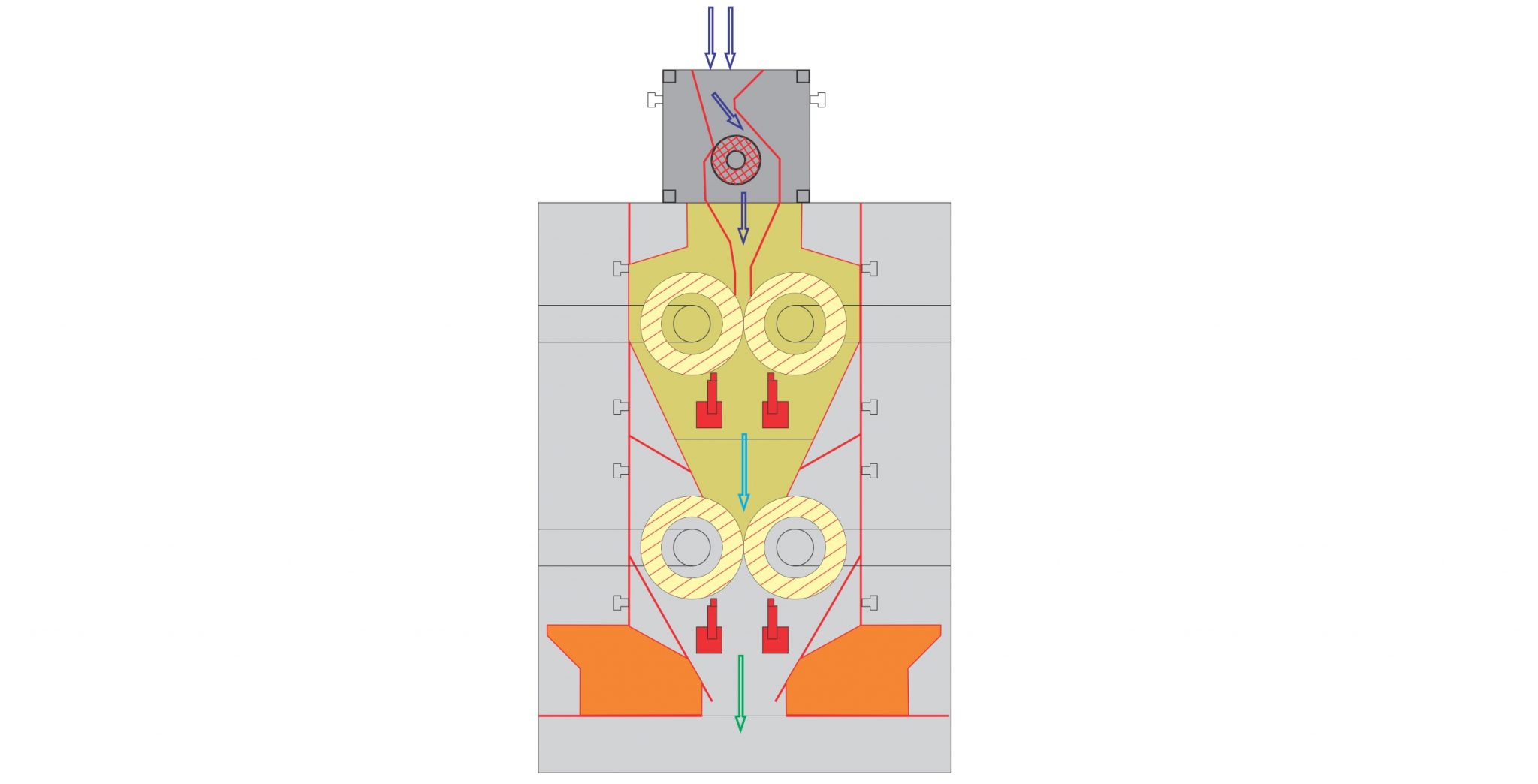Industrial Coffee Grinder Shopping Guide for Serious Baristas
Industrial Coffee Grinder Shopping Guide for Serious Baristas
Blog Article
How to Pick the Perfect Industrial Coffee Grinder for Your Business
Picking the suitable commercial coffee grinder for your company is a diverse choice that calls for careful consideration of numerous vital variables. Additionally, comprehending the various kinds of grinders offered can dramatically influence your operational effectiveness.
Assess Your Grinding Needs
When choosing a commercial coffee mill, one have to initially analyze their grinding requirements to ensure optimum performance and consistency. This preliminary analysis entails understanding the volume of coffee to be processed daily, in addition to the preferred grind size for different developing techniques. A high-capacity grinder may be required for organizations offering huge amounts of coffee, while smaller sized operations may locate an extra compact version enough.
Furthermore, it is vital to consider the sorts of coffee beans being made use of, as various beans may require specific grinding methods to achieve the very best taste account. For instance, oily beans might demand a mill created to deal with such qualities without clumping or overheating.
Specialty coffee organizations frequently require specific grind sizes to boost extraction and flavor, making it crucial to pick a grinder that can deliver uniform outcomes. Evaluating the offered room and electric requirements will assist in picking a mill that fits perfectly into your operational process.
Understand Grinder Kind
Understanding the numerous sorts of industrial coffee grinders is important for making an educated selection that meets particular operational demands. There are mostly 2 groups of mills: blade mills and burr mills.
Blade mills make use of rotating blades to cut the coffee beans, causing an irregular work dimension - Industrial Coffee Grinder. While they might be a lot more budget-friendly, they are often not suitable for industrial applications where precision is important
On the other hand, burr grinders supply an extra consistent grind by crushing the beans in between 2 surface areas. They can be more classified into flat burr and conical burr mills. Apartment burr mills use a regular grind dimension and are usually favored for espresso preparation, while conelike burr grinders are versatile and can take care of a variety of mixture techniques, from espresso to French press.
When picking a mill, consider the particular demands of your service, including desired work consistency, manufacturing quantity, and the sorts of coffee beverages you intend to use - Industrial Coffee Grinder. Each grinder kind has its benefits and restrictions, so comprehending these subtleties allows notified decision-making that aligns with functional goals
Evaluate Work Size Uniformity
Attaining work size uniformity is vital for producing high-grade coffee, as variations in fragment size can considerably influence extraction and taste. When selecting an industrial coffee mill, it is important to evaluate exactly how well the machine preserves harmony in work size throughout different batches. Irregular grind sizes can lead to unequal removal, resulting in a mug that might taste overly bitter or weak.
To analyze grind size consistency, take into consideration grinders with features such as adjustable work setups and high-grade burrs. Burr mills, particularly, master generating uniform particle dimensions contrasted to blade grinders. The material and shape of the burrs play an essential role, with stainless-steel and ceramic options offering longevity and precision.

Think About Manufacturing Capability
In the hectic globe of Find Out More coffee manufacturing, taking into consideration manufacturing capacity is paramount for businesses aiming to meet need without compromising high quality. The production capability of an industrial coffee grinder directly affects a company's ability to fulfill orders efficiently, take care of supply, and reply to changing market patterns.
When analyzing manufacturing ability, it is vital to evaluate the grinder's output price, usually determined in extra pounds per hour. This dimension must line up with your organization's predicted sales volume and growth targets. A café with a high turnover may call for a grinder that can refine numerous hundred extra pounds daily, while a smaller procedure might be enough with a reduced capability design.
In addition, think about the type of coffee being refined. Different beans and blends might impact grinding rate and effectiveness, necessitating a mill with the ability of taking care of diverse production demands. It's likewise worth factoring in the grinder's capacity to preserve regular high quality under high output problems, as any variations can affect the end product.
Eventually, selecting a mill that matches your business's manufacturing ability will guarantee you continue to be receptive and affordable to consumer expectations.

Budget Plan and Maintenance Elements
When assessing the appropriate industrial coffee grinder, budget and maintenance aspects play a considerable duty in the general decision-making procedure. A preliminary financial investment in a high-grade grinder can produce long-term advantages, however it's important to establish a clear budget that lines up with your company's operational requirements. Think about both the acquisition cost and prospective operational expenses, such as power intake and substitute components.
Industrial coffee grinders call for routine upkeep to make certain optimum efficiency and durability. Evaluate the supplier's suggestions for maintenance, consisting of cleaning schedules and parts substitute, as these will certainly influence long-lasting operational prices.

Investing in a mill that is durable yet very easy to preserve can conserve money with time. While lower-priced options might be tempting, they might incur greater maintenance expenses and reduced effectiveness. Inevitably, balancing first expenses with long-term maintenance and functional efficiency will certainly lead you to the best choice for your service's coffee grinding requirements.
Verdict
Selecting the optimal commercial coffee grinder demands a complete examination of grinding requirements, mill types, grind size uniformity, manufacturing capacity, and you could try this out budgetary considerations. By focusing on these variables, companies can make sure the procurement of a dependable, efficient mill that meets particular functional needs. An appropriate mill not just improves the top quality of the coffee generated but likewise contributes to the general success and earnings of the business. Long-lasting efficiency and upkeep simplicity must continue to be central to the decision-making process.
Specialty coffee anonymous businesses frequently demand specific grind dimensions to boost extraction and flavor, making it vital to pick a grinder that can deliver consistent outcomes. Flat burr grinders supply a constant grind size and are commonly preferred for espresso preparation, while conelike burr mills are versatile and can handle an array of brew techniques, from espresso to French press.
When picking a commercial coffee grinder, it is essential to evaluate just how well the device maintains uniformity in work dimension across various sets. Burr grinders, in particular, excel in creating uniform particle dimensions contrasted to blade grinders.Picking the ideal commercial coffee grinder necessitates an extensive examination of grinding needs, mill types, grind dimension consistency, production capacity, and financial factors to consider.
Report this page